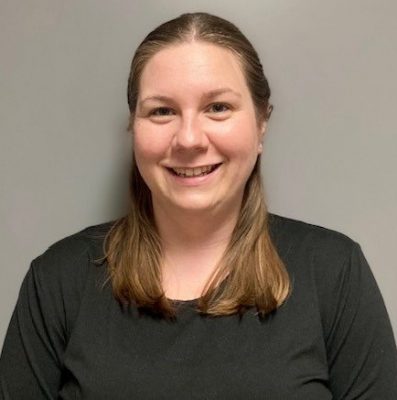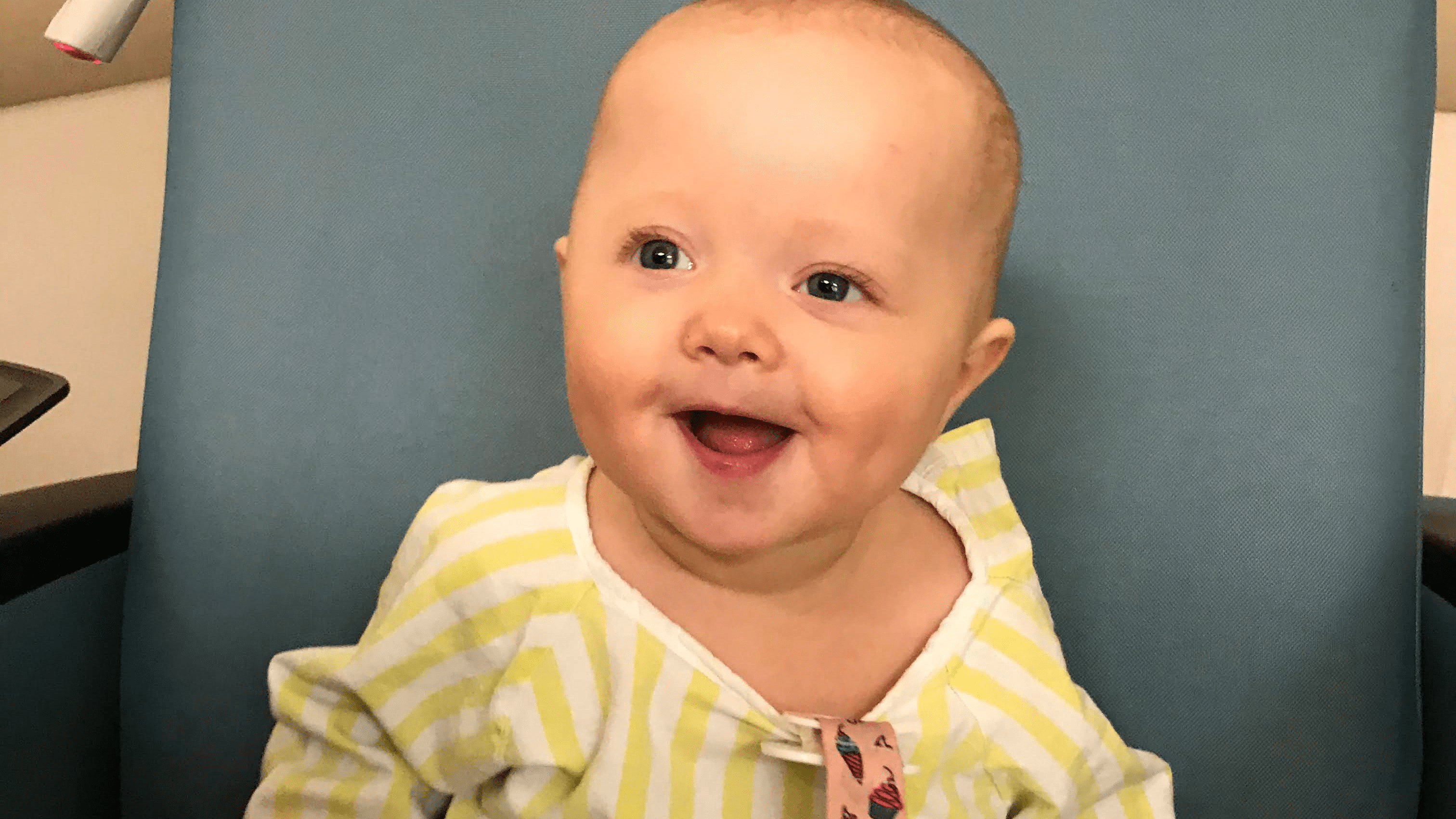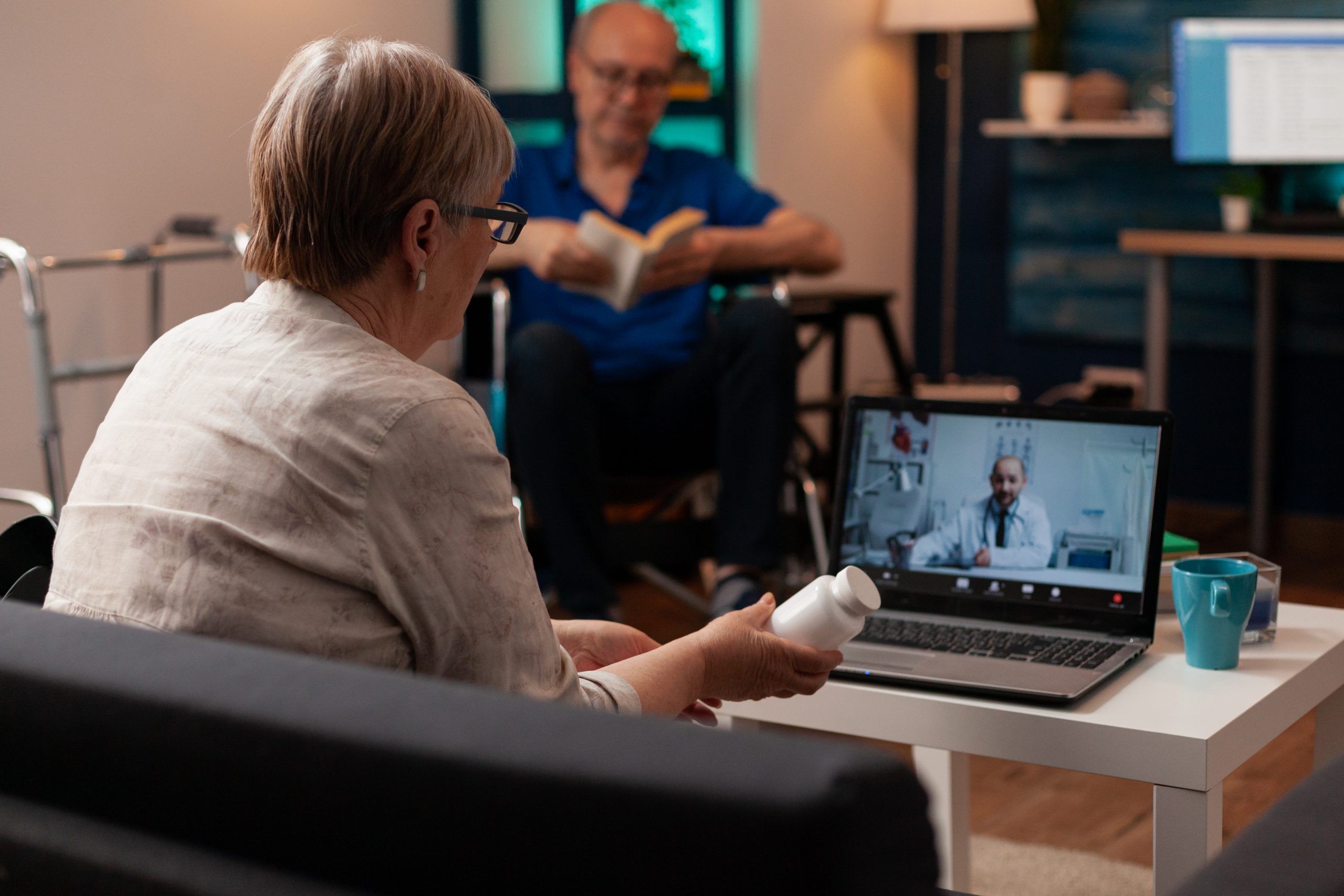
Improved communication through Secure Chat means better patient care
Providing the very best care for Hamilton Health Sciences (HHS) patients just got faster and easier thanks to Secure Chat – a secure messaging tool included in our new hospital information system.
Hamilton Health Sciences launched its new fully digital hospital information system, called Epic, on June 4. It replaces dozens of electronic and paper systems and eliminates time that hospital staff and doctors spend looking for information. For the first time, every patient’s medical information is available in one secure place online.
“Secure Chat functions like text messaging or WhatsApp, but it’s a completely secure way of communicating.” — Dr. Alim Pardhan
Many HHS patients see multiple doctors, nurses and other health care providers who collaborate on their care plan. Since Epic’s launch last month, these HHS doctors and staff have been using Secure Chat to communicate and collaborate, either one-on-one or in groups to exchange messages or discuss patient information.

Dr. Alim Pardhan, an emergency department doctor and site lead at HHS’ Hamilton General Hospital
“It functions like text messaging or WhatsApp, but it’s a completely secure way of communicating,” says Dr. Alim Pardhan, an emergency department doctor and site lead at HHS’ Hamilton General Hospital (HGH). Pardhan led the team that introduced Secure Chat to HHS.
Nothing beats good, old-fashioned face-to-face communication, says Pardhan. But in a large hospital system, that’s not always possible, which makes a tool like Secure Chat so helpful.
“This way of communicating is a huge step forward from just 10 years ago, when doctors would track down colleagues through paging and wait for them to call back,” says Pardhan. “More recent technology allowed for texting or WhatsApp messaging, but we had to be really careful about what we transmitted because those messaging tools aren’t secure. With Secure Chat, we can securely share information.”
Well received
Secure Chat has been very well-received, says Sarah Hayhow, clinical educator for HGH’s emergency department and HHS Urgent Care Centre.
“With Secure Chat, we can search any HHS doctor or team member by name and send them a message.” — Sarah Hayhow, clinical educator
Prior to Secure Chat, nurses would occasionally reach out to doctors by sending text messages to their cell phones, choosing their words carefully so as not to breech patient confidentiality. Otherwise their only other option was paging and waiting for a doctor to respond back.

Sarah Hayhow, HHS clinical educator
“Secure Chat gives more opportunities to get ahold of different team members,” says Hayhow. “Texting was also fairly limiting because we could only reach out to doctors and other team members whose cell phone numbers we had. With Secure Chat, we can search any HHS doctor or team member by name and send them a message. We don’t need to know their cell phone number. We can also reach out to resident doctors via the team they’re with.”
Ideal for non-urgent communication
Secure Chat is meant for non-urgent communication related to day-to-day work. For example, a nurse wanting to clarify instructions from doctors can send a Secure Chat message instead of trying to track them down in the hospital. “It’s much faster to reach them by Secure Chat,” says Hayhow.
Paging and phone calls continue to be used for urgent care or emergencies, says Pardhan.
“If a patient comes into the emergency department with chest pains, a doctor would get paged or called to respond immediately.”



